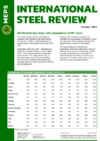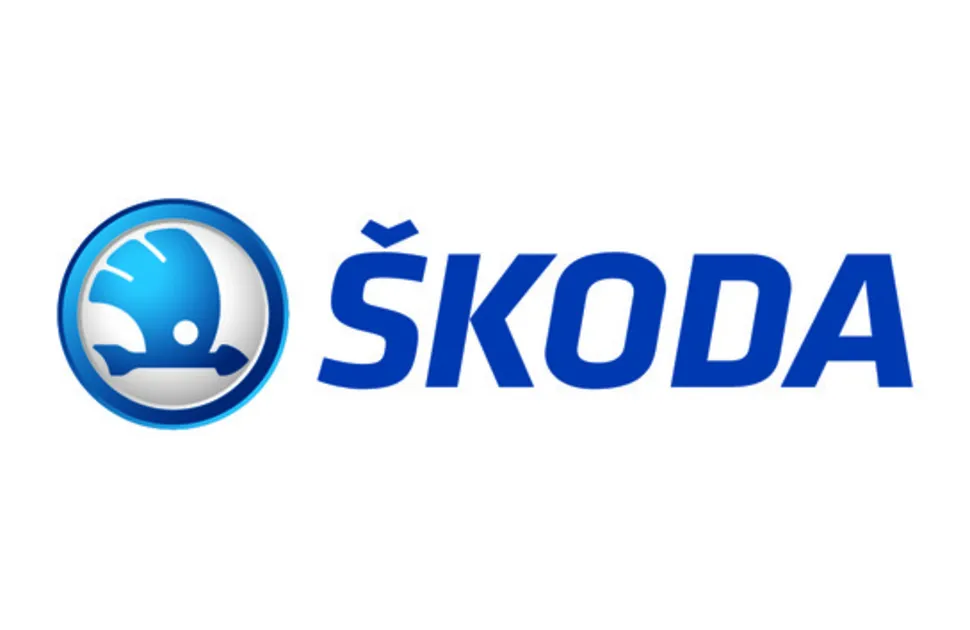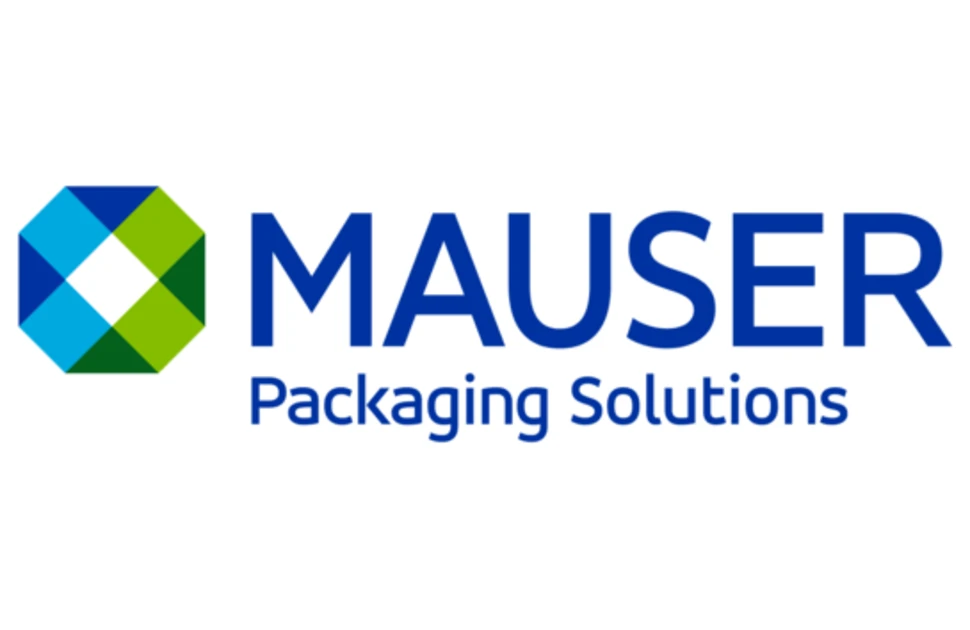Canadian and US steel markets begin messy separation
Canada has been hard hit by proposed and actual tariffs since US President Donald Trump returned to office in January.
Until March 12, Canada had enjoyed a full exemption from the 25% Section 232 tariffs (along with Mexico) since May 2019. Now steel importers in the United States must pay a 25% tariff on Canadian-origin steel with the potential of additional tariffs in the future.
The newly implemented tariff will reduce demand on Canada’s steelmakers, and ultimately the size of the Canadian steel sector, unless import volumes are reduced and steelmakers diversify their export markets.
Canada, which is part of the USMCA free trade agreement, has been the largest exporter of steel to the US since at least 2010. Its steelmakers currently produce around 12 million tonnes of steel annually, half of which is sent to the US. In 2024, almost 95% of Canadian exports were sent to the US, highlighting the country’s dependence on its neighbouring market.
Canada is also one of largest importers of US-produced steel, with an average of nearly four million tonnes of US steel entering the country each year in the past decade. Last year, Canada and Mexico imported 93% of the 8.4m tonnes of steel exported from the US.
Canadian steel prices decouple from US
Canadian and US steel prices have historically been very similar. In October 2024, US hot rolled coil prices were USD772 per tonne compared with USD776 per tonne in Canada. By March, US prices were 38% higher. MEPS respondents say that, initially, Canadian mills have been forced to “eat” the 25% tariff. Over time, however, that is likely to prove unsustainable. Low-cost imports from other countries – now subject to the same tariff rate as Canada – and increased domestic supply are likely to reduce US steel buyers' reliance on Canadian steel.
Reduced US demand is already being felt by Canadian producers. Just 414,000 tonnes of Canadian-origin steel was imported into the US in March, the lowest level since the early months of the Covid-19 pandemic in 2020.
MEPS expects US prices to remain around 25% higher than those in Canada as long as Section 232 tariffs remain in place. This poses a challenge to Canadian mills, given the tightly integrated nature of the two economies. Of Canada’s main steel producers, Stelco, Dofasco and Algoma, the latter appears to be the most exposed to current market pressures.
Canadian steel mills seek government support
Unlike Stelco and Dofasco, which are backed by large parent companies, Algoma is independently owned and operates roughly 3m tonnes of annual steelmaking capacity. Furthermore, the company is nearing completion of a USD875m project to replace its blast furnaces with EAFs.
“The combination of this capital project and the reinstated 25% Section 232 tariffs could not come at a worse time for Algoma,” said MEPS steel market analyst Laura Hodges.
The Canadian Steel Producers Association is urging the country’s government to support the steel sector. Given global overcapacity, additional safeguard measures have been requested to protect domestic mills from the downward price pressure exerted by low-cost imports. They are also campaigning for “Buy Canadian” mandates on procurement for public infrastructure projects.
Last October, Canada imposed a 25% tariff on Chinese steel and aluminum. In retaliation for the US tariffs, Canada also levied a 25% tariff on USD29.8bn worth of US goods, including USD12.6bn in steel products. Additionally, the Canadian government recently conducted a consultation which invited stakeholders’ to share their views on future steel import measures.
Without better support, the Canadian steel industry may look quite different – and potentially smaller – in the coming years.

Source:
International Steel Review
The MEPS International Steel Review is an essential monthly publication, offering professional analysis and insight into carbon steel prices around the world.
Go to productRequest a free publication





